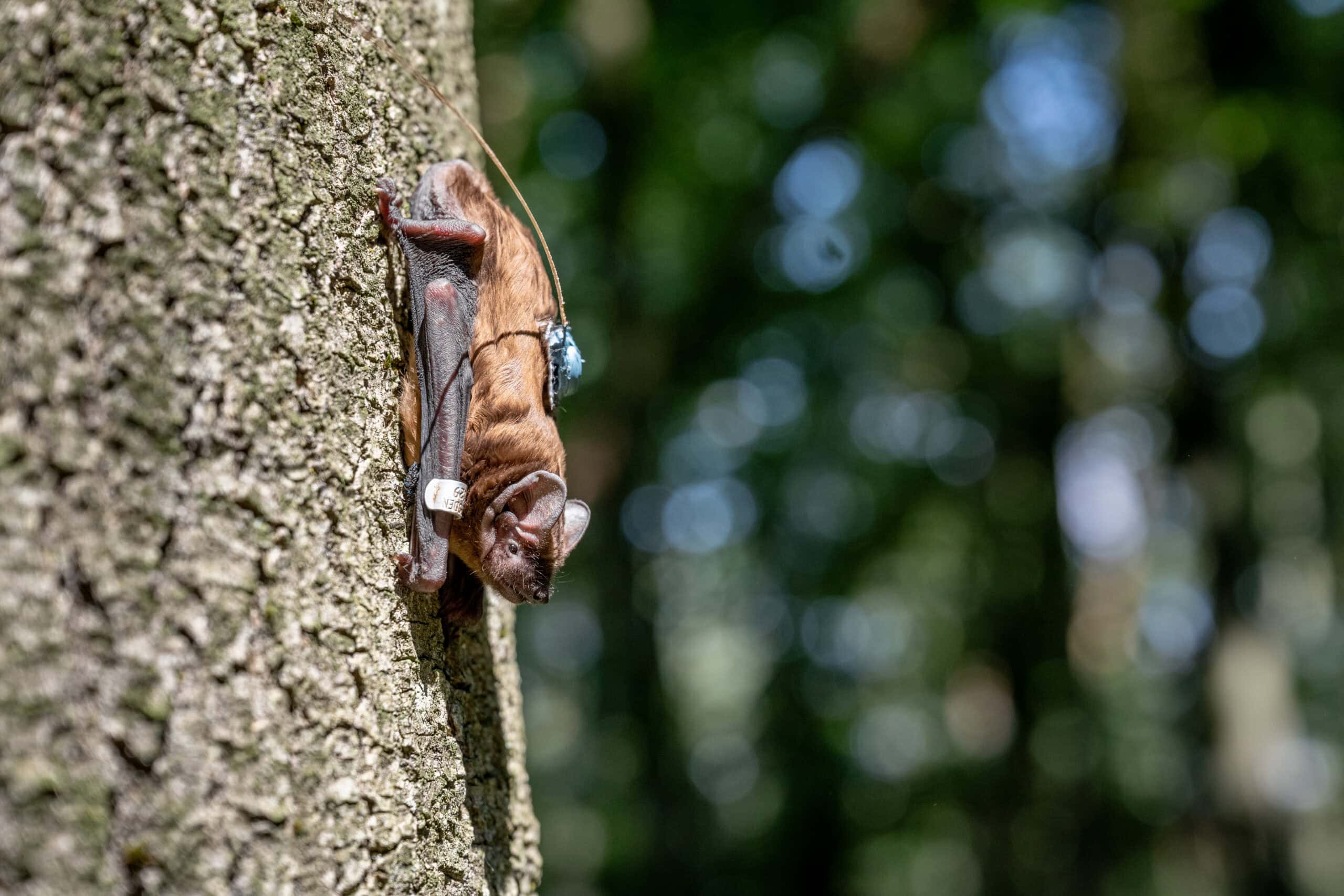Share this article
TWS co-hosts briefing to promote conservation
On June 21, The Wildlife Society, American Fisheries Society and National Wildlife Federation hosted a briefing on Capitol Hill on Reversing America’s Wildlife Crisis.
The June 21 briefing informed legislators and staffers about the decline of multiple wildlife species in America and the need for dedicated funding to combat these trends. According to a March report released by these groups, Reversing America’s Wildlife Crisis, 150 U.S. species have already gone extinct and more than 1,600 species are protected under the Endangered Species Act. Habitat loss, pollution, invasive species and climate change are listed among the threats causing wildlife declines.
“Although the Endangered Species Act (ESA) is in place to prevent U.S. species from going extinct, more needs to be done to prevent the decline and endangerment of wildlife in the first place. Addressing these declines before ESA listing is warranted not only results in more successful conservation outcomes, but saves money and reduces possible impacts to other sectors of society,” the report says.
Recovering America’s Wildlife Act (H.R. 4647) would create the mechanism to reliably fund proactive conservation action. The Act would dedicate $1.3 billion annually to state fish and wildlife agencies to implement their State Wildlife Action Plans. The funds would be sourced from existing federal oil and gas revenue.
The bipartisan bill is was introduced to the House by Rep. Jeff Fortenberry (R-NE) and Rep. Debbie Dingell (D-MI) in December 2017 and had generated 73 cosponsors by mid-June.
Dingell opened the briefing and emphasized that conservation efforts can and have succeeded when there is dedicated funding.
Bruce Stein, NWF chief scientist and lead author of the Recovering America’s Wildlife Crisis report, spoke to species declines.
“This concept of extinction risk is not just hypothetical but, in fact, we already have experienced a large number of extinctions here in the U.S,” Stein said. He pointed to the eastern population of the monarch butterfl (Danaus plexippus) which has declined by more than 90 percent over the last two decades, and little brown bats (Myotis lucifugus) that are heavily impacted by white-nose syndrome as examples of recent population declines.
“The crisis calls for strong science, actionable plans, well-leveraged partnerships and sustainable and reliable funding,” said Carter Smith, executive director of Texas Parks and Wildlife, speaking on the importance of State Wildlife Action Plans.
“In the aggregate, those provide the roadmap to recovery,” he said. “They are our blueprint for conservation. They compel the states, working with partners, to identify species of greatest conservation need, to assess their population biology, abundance and distribution, to map the threats and chart out strategies to evade and mitigate those threats across the country.”
“For The Wildlife Society, this legislation would be a game changer,” said Caroline Murphy, TWS Government Relations Program Coordinator. “It would provide the needed funds to monitor and conserve at-risk species and for wildlife professionals to hold wildlife species in the public trust for generations to come.”
Following the briefing, attendees had the chance to meet some of America’s wildlife up close. David Mizejewski, NWF Naturalist and media personality, introduced the audience to an alligator snapping turtle (Macrochelys temminckii), a barn owl (Tyto alba), an American beaver (Castor canadensis) and a juvenile American alligator (Alligator mississippiensis).
Attendees were given several handouts, including copies of the Reversing America’s Wildlife Crisis report, and Congressional offices were encouraged to support the Recovering America’s Wildlife Act as co-sponsors.
Header Image: Caroline Murphy, Government Relations Program Coordinator speaks at the Congressional briefing on proactive conservation. ©American Fisheries Society








